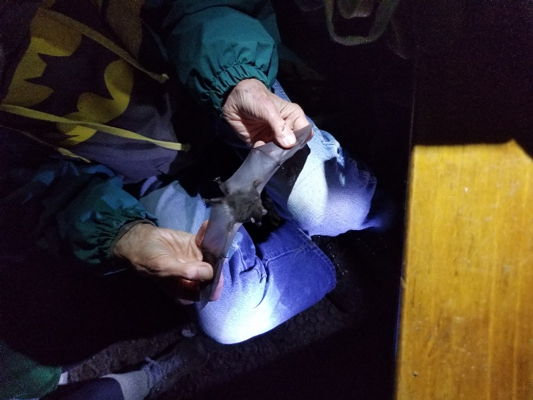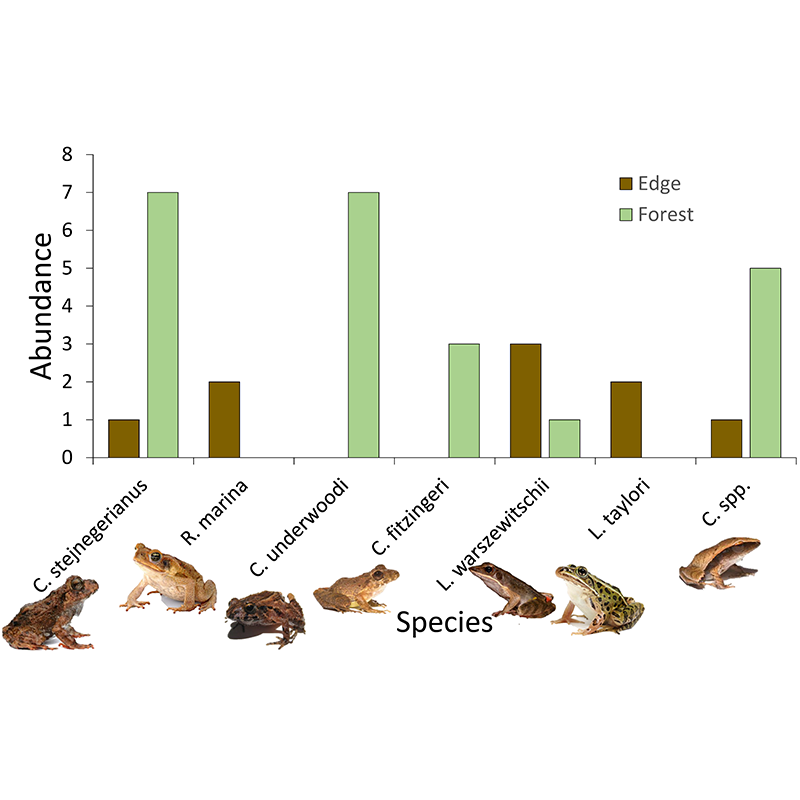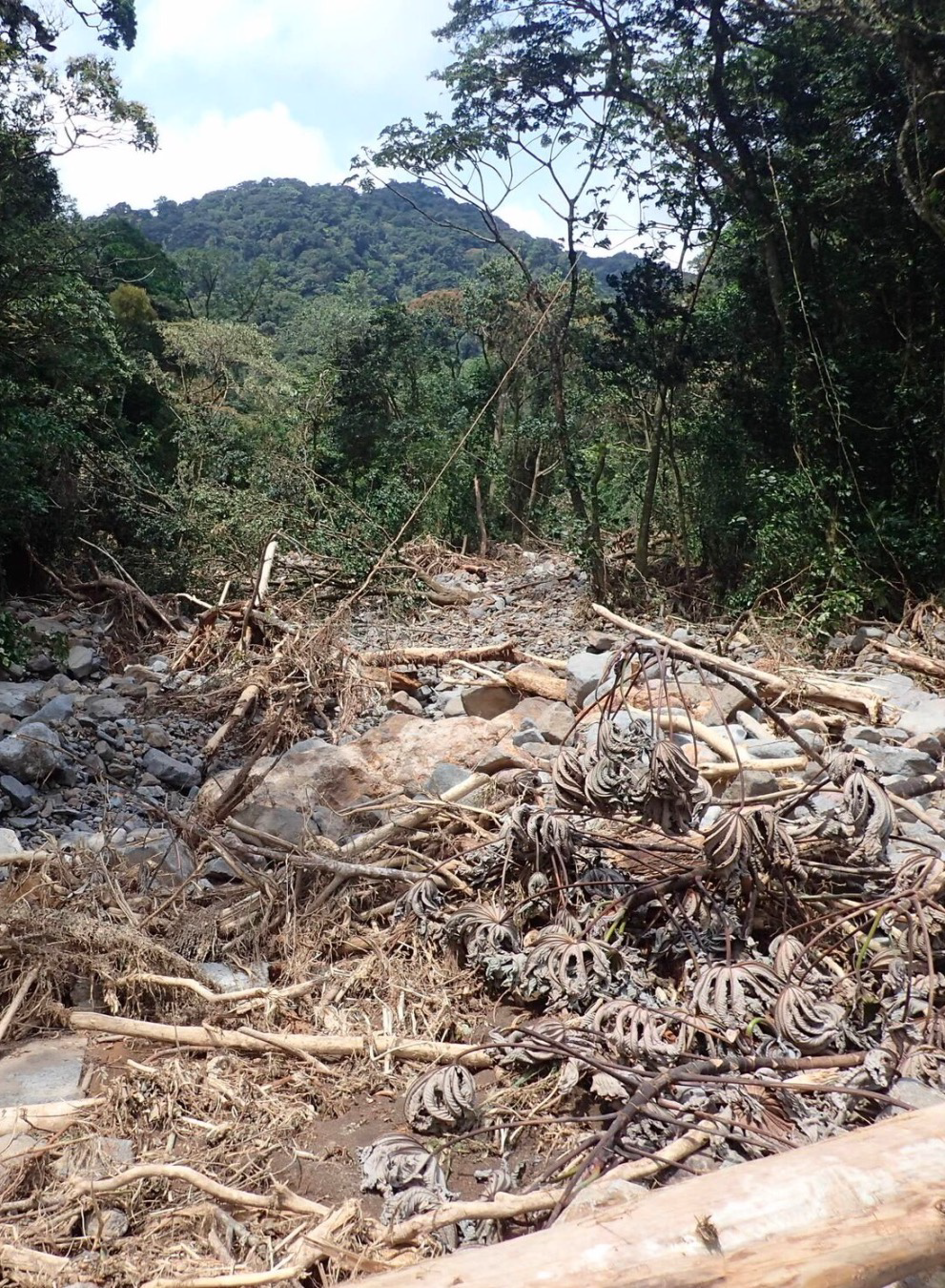A couple nights after our return from a relaxing, four day break, we were treated with a visit from “Bat Man”, the local bat expert. For its size, Costa Rica has a greater diversity of bat species than any other country in the world, and over half of its species of mammals are bats, so it’s no wonder why Bat Man has spent a lot of time here. As we listened, I discovered that there is a lot more to learn about bats than I knew. First, bat species have a greater variety of diets than I thought.
There are aerial insectivores, which eat bugs flying through the air, gleaning insectivores, which eat bugs from substrate, frugivores, which eat fruit, nectarivores, which eat nectar, carnivores, which eat birds, lizards, rats, frogs and other small animals, piscivores, which eat fish, sanguinivores, which eat blood, and omnivores, which have some combination of these diets.

Here in the tropics, many plant species depend on frugivorous bats and nectarivores as seed dispersers and pollinators. For example, many frugivorous bats in Costa Rica specialize on the fruit of the Piper plant genus, which has the recognizable, candle shaped inflorescences.
Bat species vary in their social units as much as they do in their diets. They can be solitary or live in colonies, and colonies vary widely in size and structure. Some colonies consist of all females with a single male or of all females and juveniles while others have a more equal male to female ratio. Similarly to birds, some species form leks, where a group of males gathers to display courtship behavior and attract females.
After dinner, we had the opportunity to get a good look at some bats that were caught on campus. Bat Man held them while we shined a light on them and looked as closely as we wanted. We also got to do this once on our trip to Veragua, but before I came to study in Costa Rica, I had never had a close up look at a bat sitting still. They were adorable!
Most of the bats that were caught were the same species of fruit bat, but we also saw one insectivore, two nectarivores and one other type of fruit bat called a yellow shouldered bat because the males secrete pheromones to communicate with potential mates, which turns the fur on their shoulders a yellowish color. The fruit bats all had tiny, sharp teeth suited to puncturing fruit. Although we weren’t able to see it, the species of nectarivore that we caught, which is only about 6 cm long, has about an 8 cm long tongue for reaching nectar deep in flowers!




